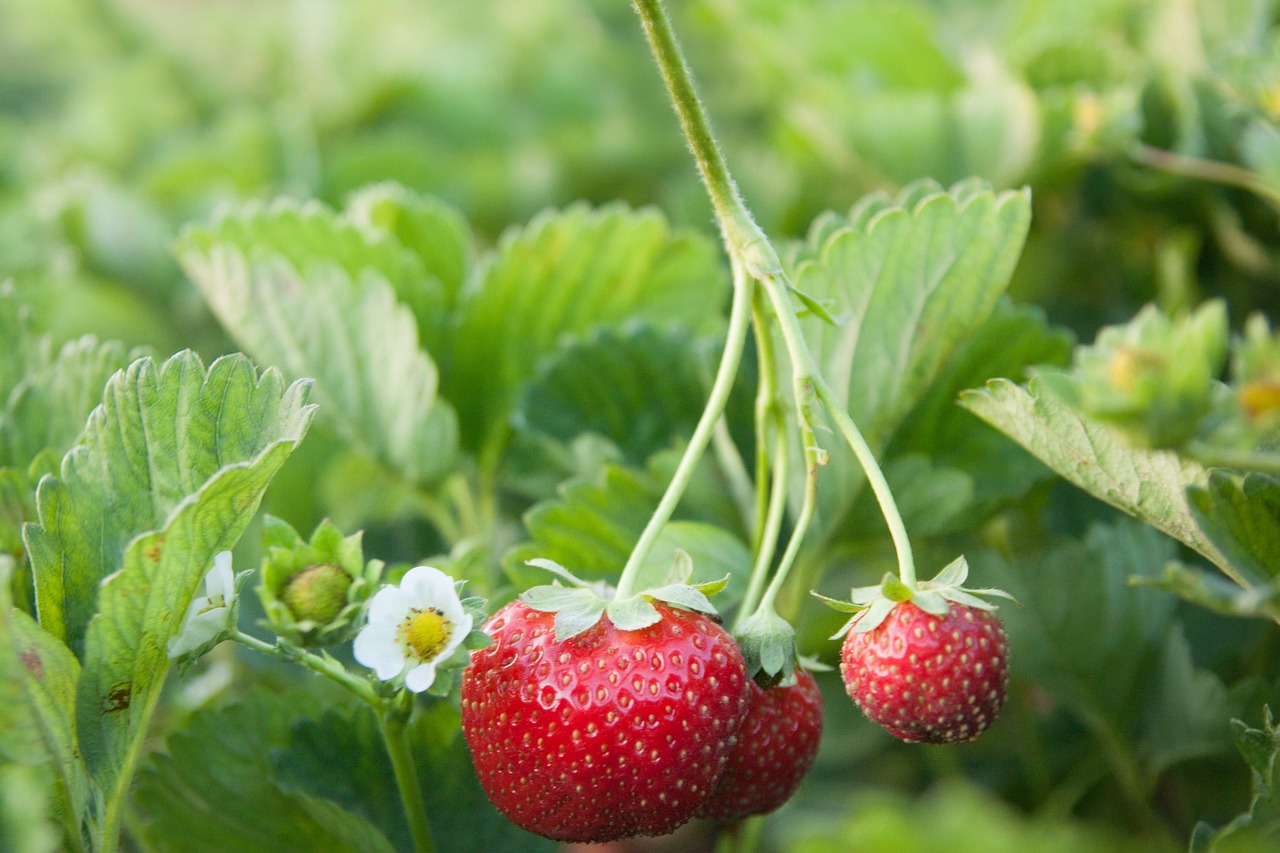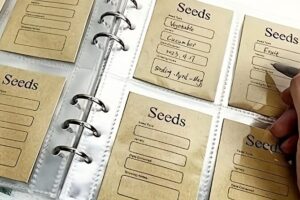
Strawberries
Fragaria × ananassa
A must have perennial
A favourite in many households, strawberries come in a wide range of varieties but are all a part of the Fragaria family. I have a daughter with a birthday in November when the first crops of strawberries become available here in Aotearoa New Zealand. She insists on a chocolate cake with strawberries on it every year, so strawberries have taken a firm place in our whānau traditions.
Te reo Māori: Rōpere
Planting
Spacing: 30 – 60 cm apart. The suggested range allows you to control overcrowding which can cause issues as can gaps between plants with weeds etc. Experiment with your own setup and see what works best.
Strawberries are rarely grown from seed as they take quite some time to establish and grow. Splitting established plants and propogating runners are the two most popular methods for growing more strawberry plants. The following video demonstrates how to pot a runner.
Plant depth
Strawberries are prone to rot if the crown ramains constantly wet. To avoid this plant in a well draining, fertile soil and with the crown above the soil level.

Expected Harvest
The best time to plant strawberries in New Zealand is from June to October in the sub-tropical and temperate regions, and August to October in cold / mountain regions. Planting at these times will allow your plants to establish themselves in their new home in time for first fruit usually in November and December onwards.
Care
Mulching
It might not surprise you to know that strawberries were traditionally grown with straw as a mulch. This serves a couple of purposes. The first is to retain moisture in the soil since strawberries have shallow roots and can dry out quite quickly. The second reason is to protect the tender fruit by acting as a draining cushion for the strawberry to sit on. This isn’t necessary if you have pots or vertical planters that allow the fruit to hang.
Pruning
Strawberries can be left alone to fend for themselves, but they often do become over-crowded which can provide a lovely environment for diseases to take hold. I haven’t had the courage to do this yet, but I will be trialling a test group this coming spring to nip off the first flower and hopefully activate more flowering in the plant and therefore more strawberries.
If your strawberries are sending out lots of runners when they should be flowering and fruiting then you will need to prune this off consistently. You can propogate runners later in the season when the plant has put its energy into producing strawberries.
It isn’t necessary to prune strawberry leaves going into winter. Strawberry plants go dormant when it is cold but they need their leaves to photosynthesize and get going again in the spring. You can even leave the dead leaves as they act like a blanket over the soil and roots.
Fertilizer
Strawberries are nitrogen feeders since they are mostly made up of leaves. I’ve read articles that promote nitrogen only feeds but I’m not convinced that this is a good idea, at least use a balanced organic fertilizer (12, 12, 12). The main function of a strawberry plant for us humans is the fruit so phosphorous is important for flowers, fruit and plant function, while potassium is still required for the roots. I find a top up of homemade comfrey tea every 2-3 weeks gives a good leafy boost of nitrogen. It’s worth mentioning that topping up your strawberry bed with a good compost base when planting will always get your strawberries off to a good start.
Propogating runners
Tips and tricks
- Strawberries will put their energy into what they need to survive. Because the root system is so shallow this will come first, to help the plant, trim all runners close to the base of the mother plant.
- To help recovery from winter, take some of the early flowers off in early spring.
- Strawberry plants are most productive for 3-4 years then fruit production declines. If you have a large number of plants you can keep your new and old plants separate to help track the age. If you interplant old and new, then be mindful that it might not be completely anything you have done, if some plants aren’t producing as well as others.
- Soil pH: Strawberries like a slightly acidic soil 5.3 to 6.5
Pests
The main pests in Aotearoa New Zealand are:
- Thrips
- Mites
- Aphids
- Moth caterpillars
- Crop mirid
I found the New Zealand Strawberry Growers Association website informative and they provided a FAQ sheet about pests. The information about IPM or Integrated Pest Management was excellent and I’ll be looking into this more and will write a separate post on it.



5 Comments
Rawe🙏. Te Koi hoki o tēnei pae tukutuku. Ngā mihi ki a koe mō ngā tohu. Kia ora e hoa. 🌱🍓
Hello, i read your blog from time to time and i own a similar one and i was just wondering if you
get a lot of spam remarks? If so how do you protect against
it, any plugin or anything you can suggest? I get so much lately it’s driving me
crazy so any assistance is very much appreciated.
Hello, Spam can be an annoying issue. You can register for and pay for Akismet. It is possibly the best plugin available.
I don’t even understand how I stopped up right here, however I assumed this submit
used to be great. I do not understand who you might be but definitely you’re going to a
famous blogger if you happen to aren’t already. Cheers!
Have you ever considered creating an e-book or guest authoring on other websites?
I have a blog based upon on the same ideas you discuss and would really like to have you share
some stories/information. I know my viewers would enjoy your work.
If you are even remotely interested, feel free to send me
an e mail.